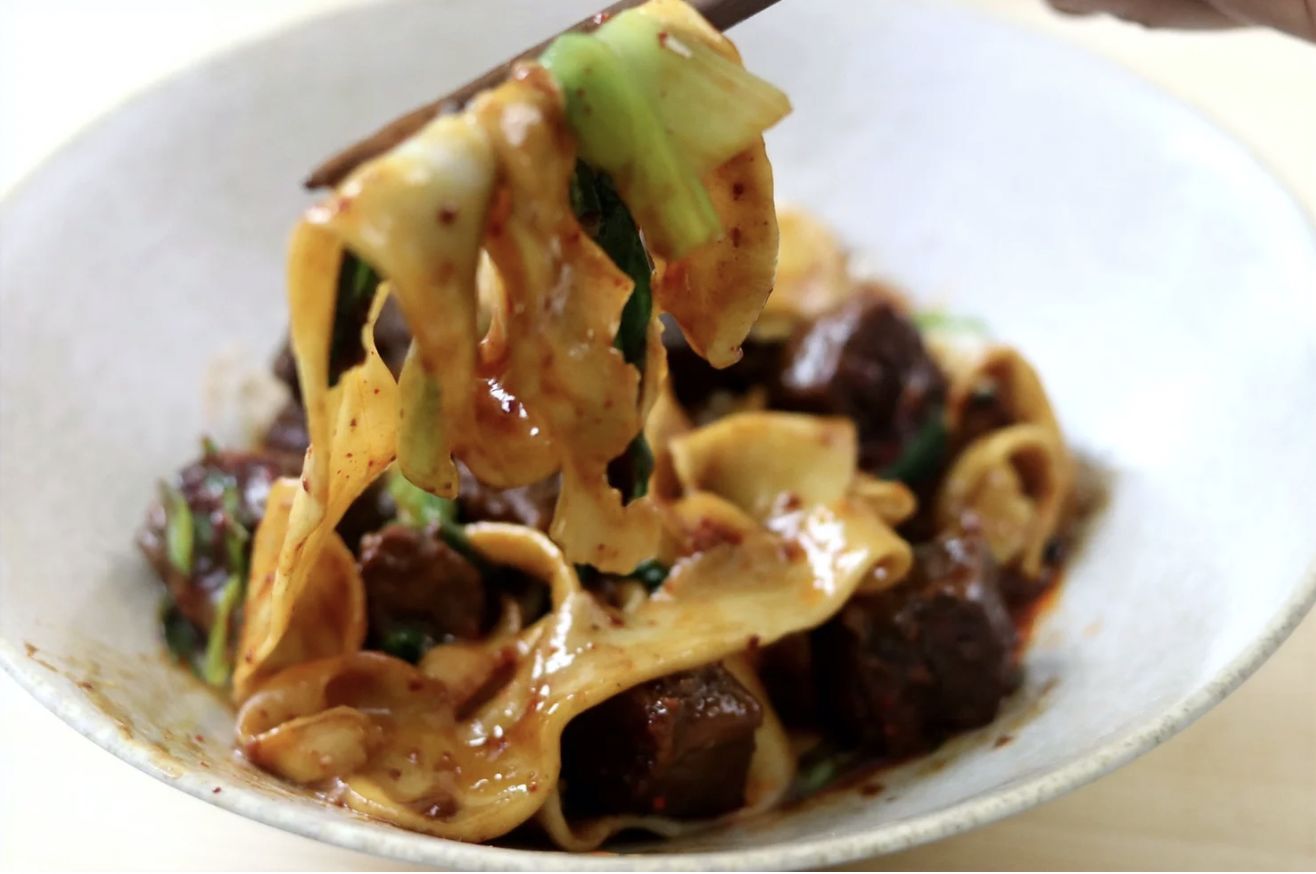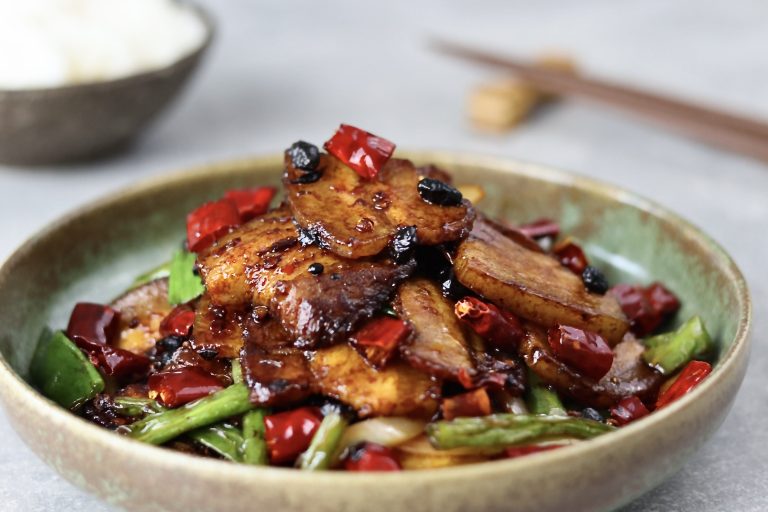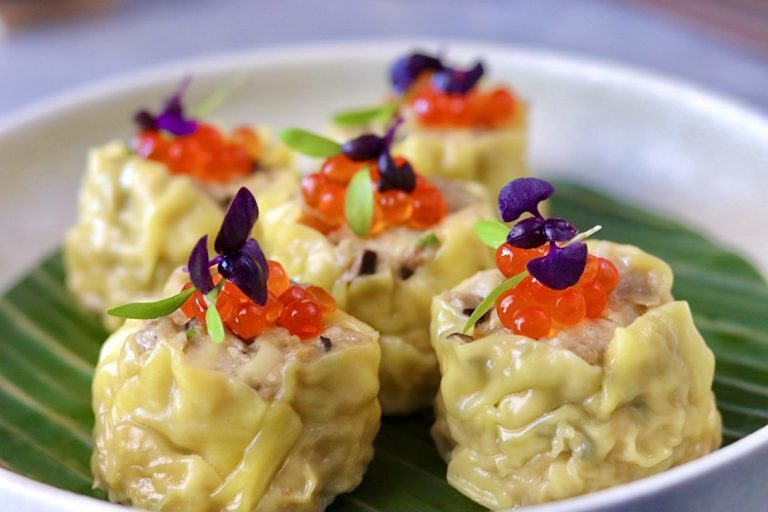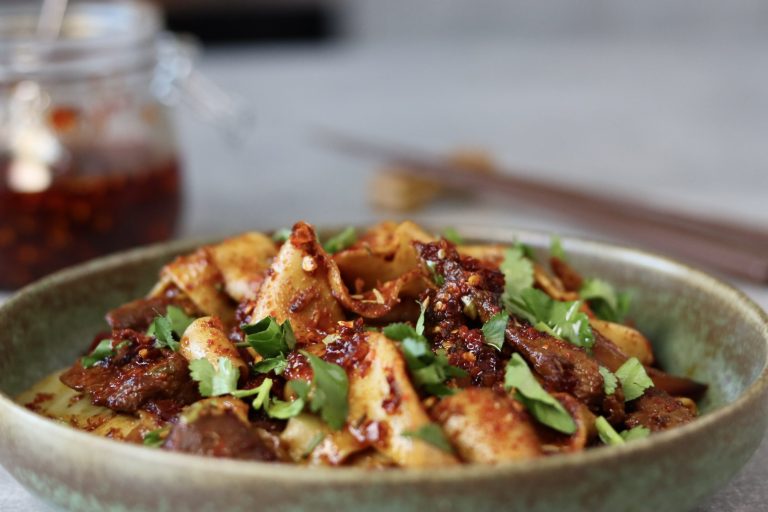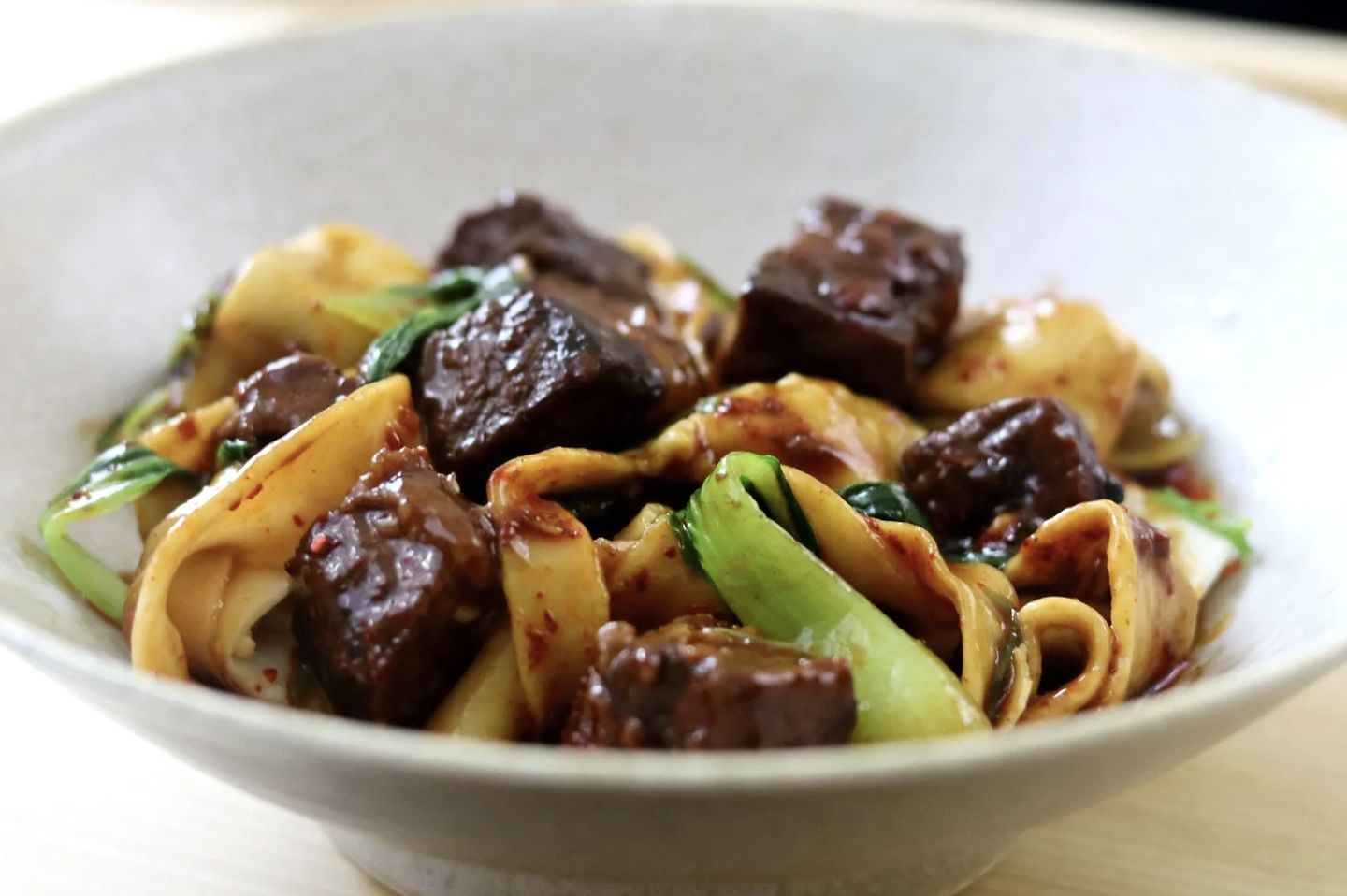
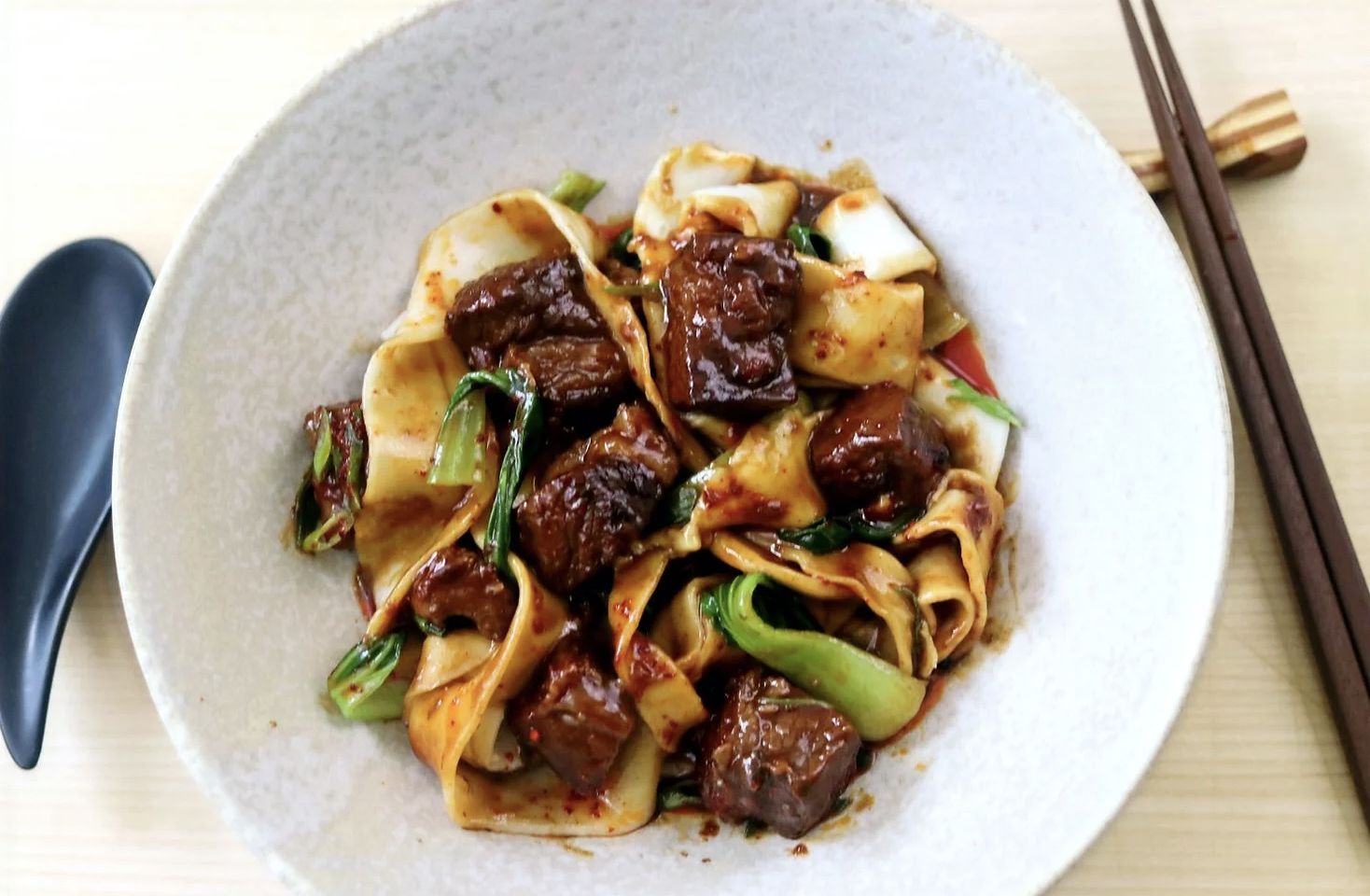
Intro:
Method:
Hand-ripped Noodles:
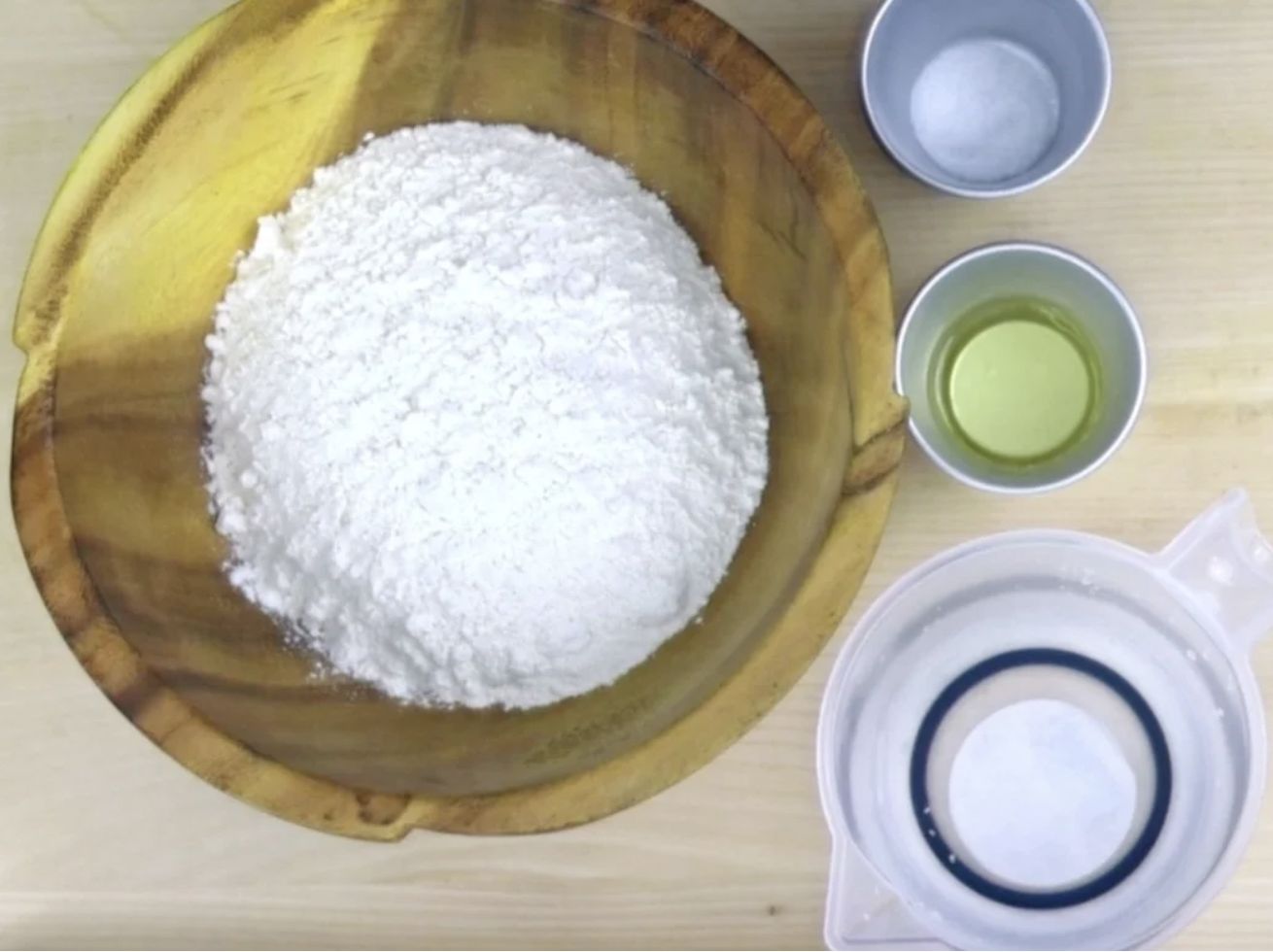
- Let’s start off by making up the dough for the noodles, if the process of making fresh noodles is too long then you could optionally use dried ho fun noodles instead. Start by adding 1 tsp of salt to 145mls of cold water then whisk well until the salt dissolves. Next gradually add the salt water to 300g of dumpling flour in a large mixing bowl whilst constantly stirring. When all of the water has been encorporated, begin to bring the dough together by hand until a rough cohesive ball of dough is formed. Cover the dough with clingfilm and allow to rest for 30 minutes at room temperature. After 30 minutes, take out the dough and kneed again for 5 minutes until completely smooth. Cover again and allow to rest for a further 15 minutes.
2. Now to divide and roll out the dough, briefly kneed back the dough again then place onto a work surface. Cut the dough into 6 equal sized pieces, then roll each piece of dough into small balls.
3. We now want to take each ball of dough and roll flat to form oval shaped pieces of dough. When ready brush each piece on either side with cooking oil then lay each piece of dough onto a lightly oiled plate or tray. Cover with clingfilm then allow the dough to rest one last time for 1 hour.
Beef and Braise:

4. While we wait on the dough to rest we can move onto the braise. Start by slicing an approximately 1.2kg beef brisket joint into large ish bite sized pieces. when cut place the diced brisket to one side and we can gather a few aromats together to cook along side with the beef. On a tray arrange 3 peeled garlic cloves, 15g of sliced ginger, 2 bay leaves, 3 star anise, 5g of orange peel, 1 tbsp of Sichuan pepper corns and 4 dried red chillies. Set the beef and aromats to one side and we can now prepare a quick sauce base to also add to the braise.
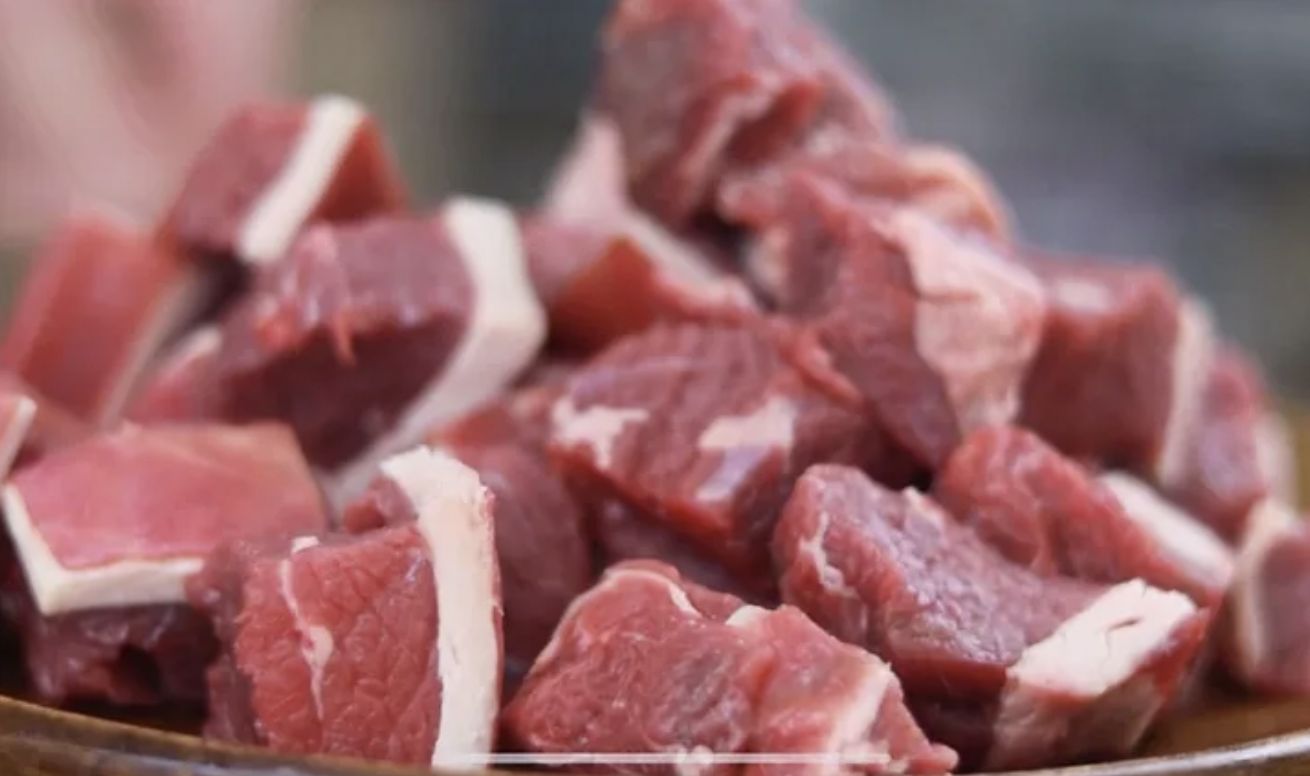
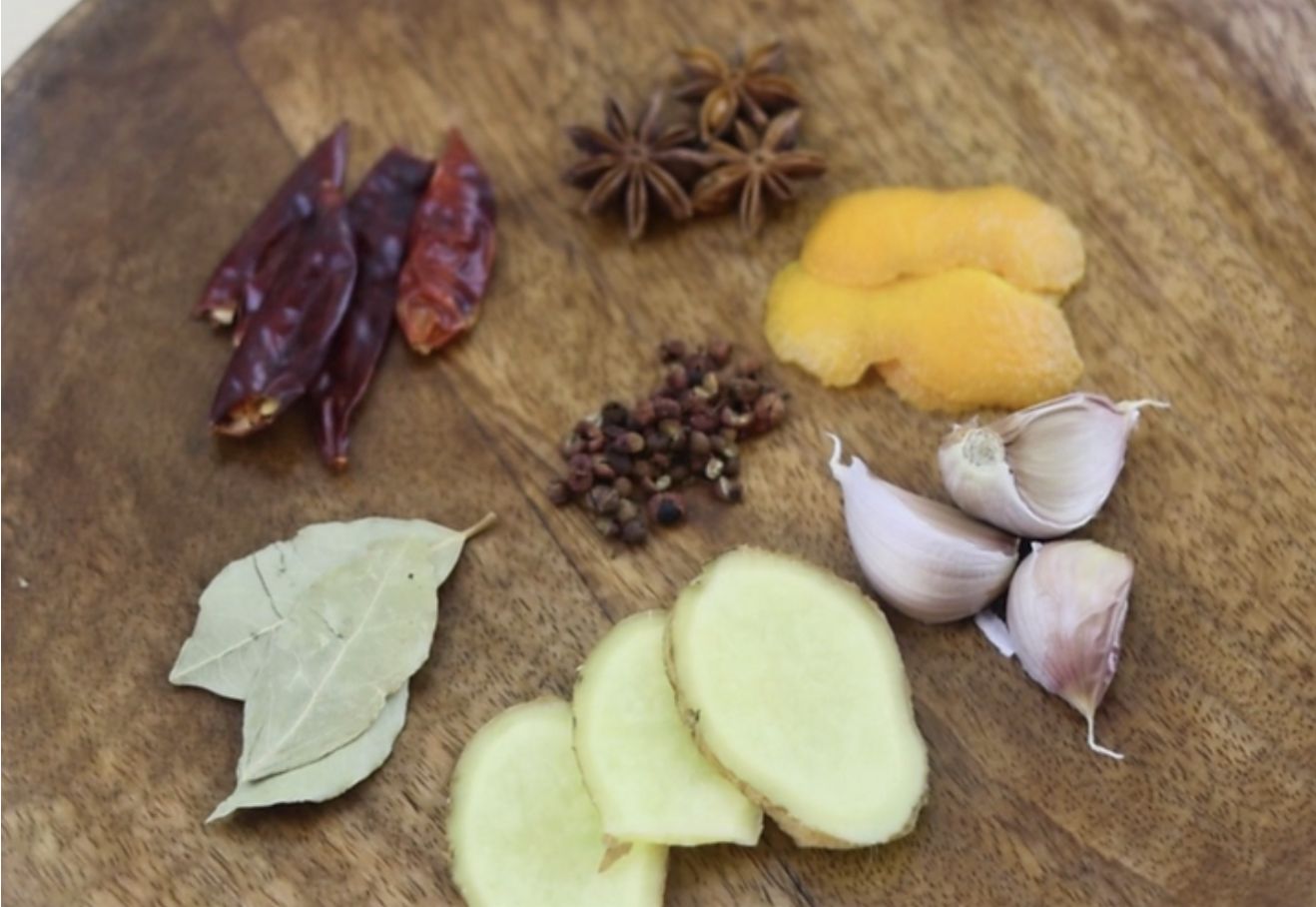
5. To make up the base sauce for the braise in a small mixing bowl add 50ml light soy, 20mls of hoisin, 20ml dark soy, 1-2 tbsp of toban djan (depending on how spicy), 2 tbsp of fermented bean curd and 1 tbsp black rice vinegar. Mix well and set the sauce to one side and we can now begin the braise.
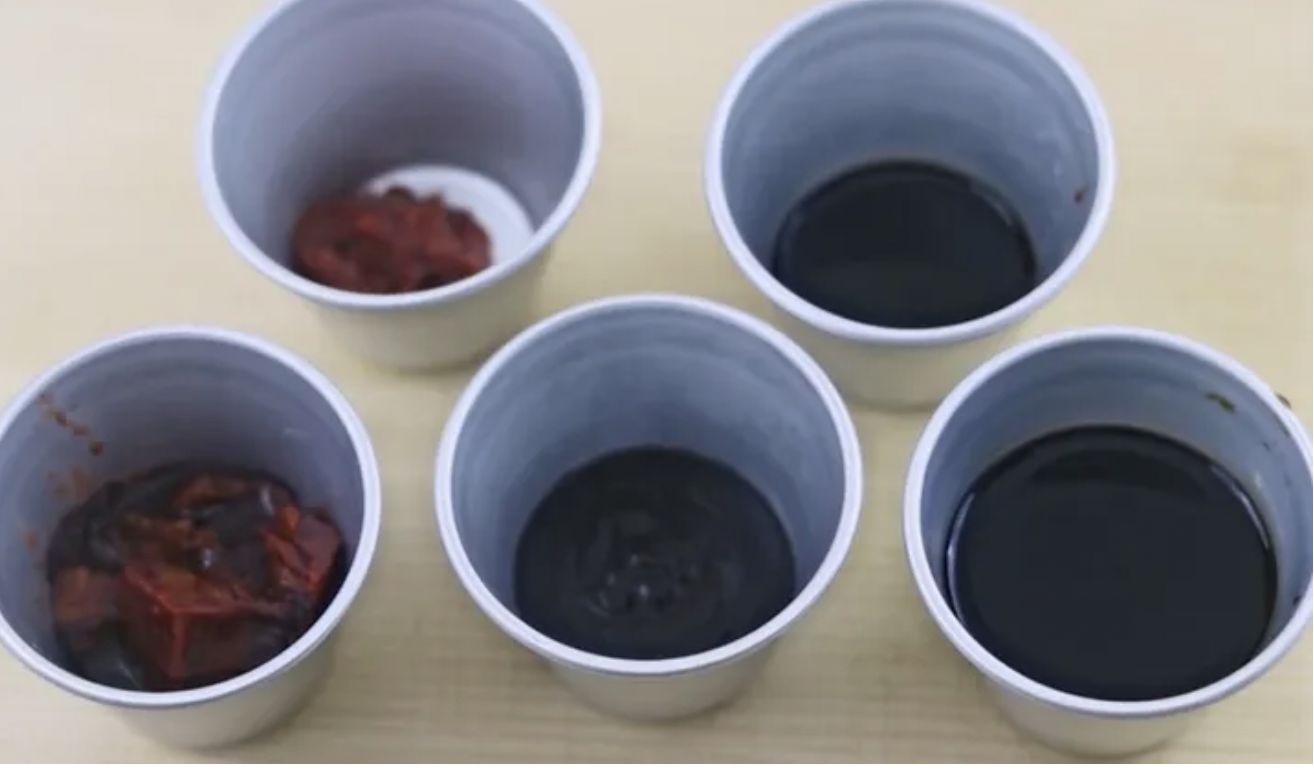
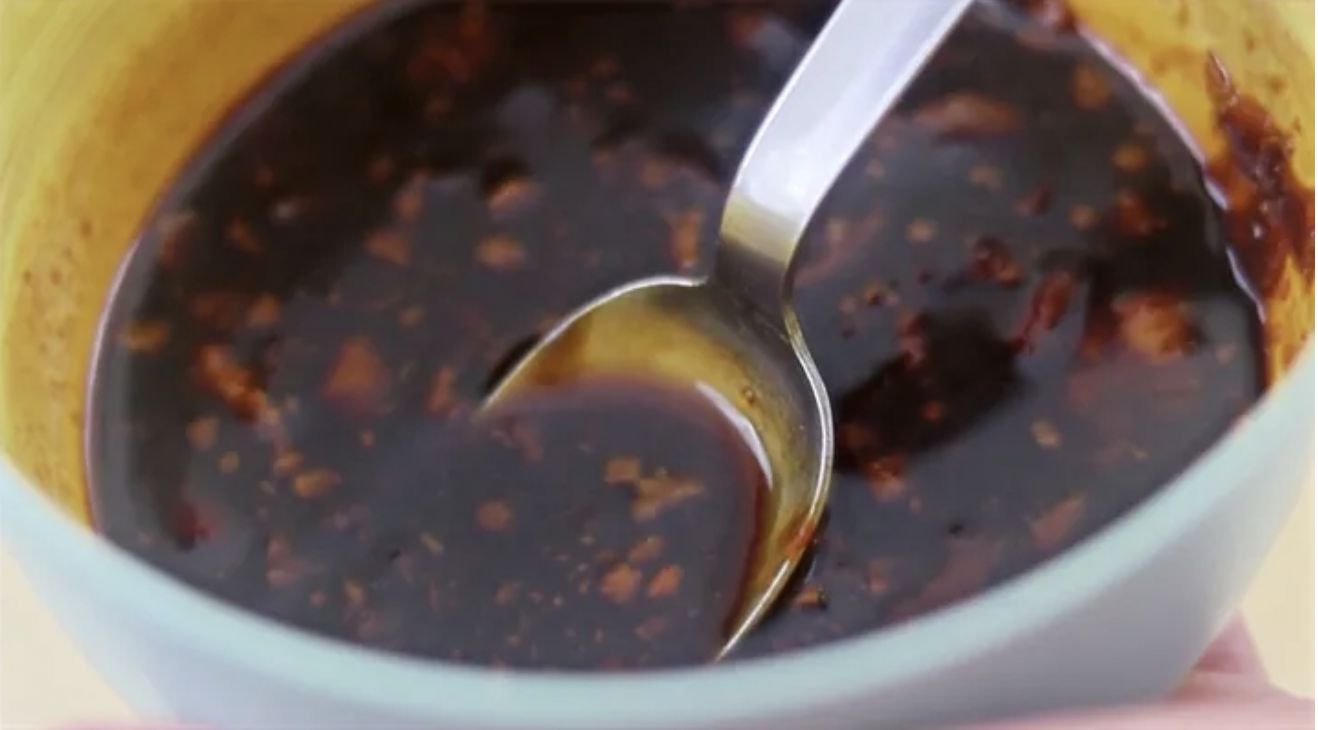
6. Start the braise off by placing a large deep pan onto a high heat. When smoking hot add a drizzle of cooking oil then add the beef in batches. Sear the beef on all sides until completely caramelised, take care to add the beef in batches at this point as if the pan becomes overloaded then the beef will boil as opposed to sear. When ready remove the beef from the pan and set to one side.
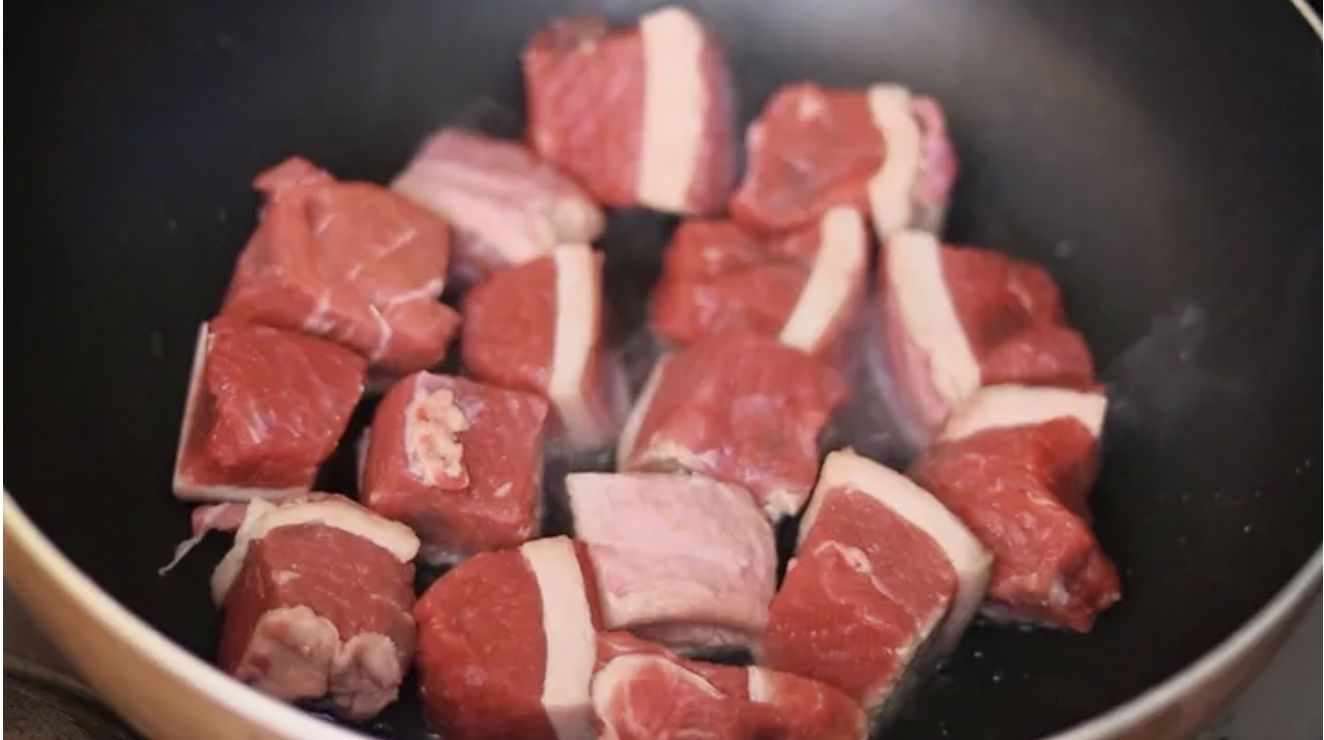
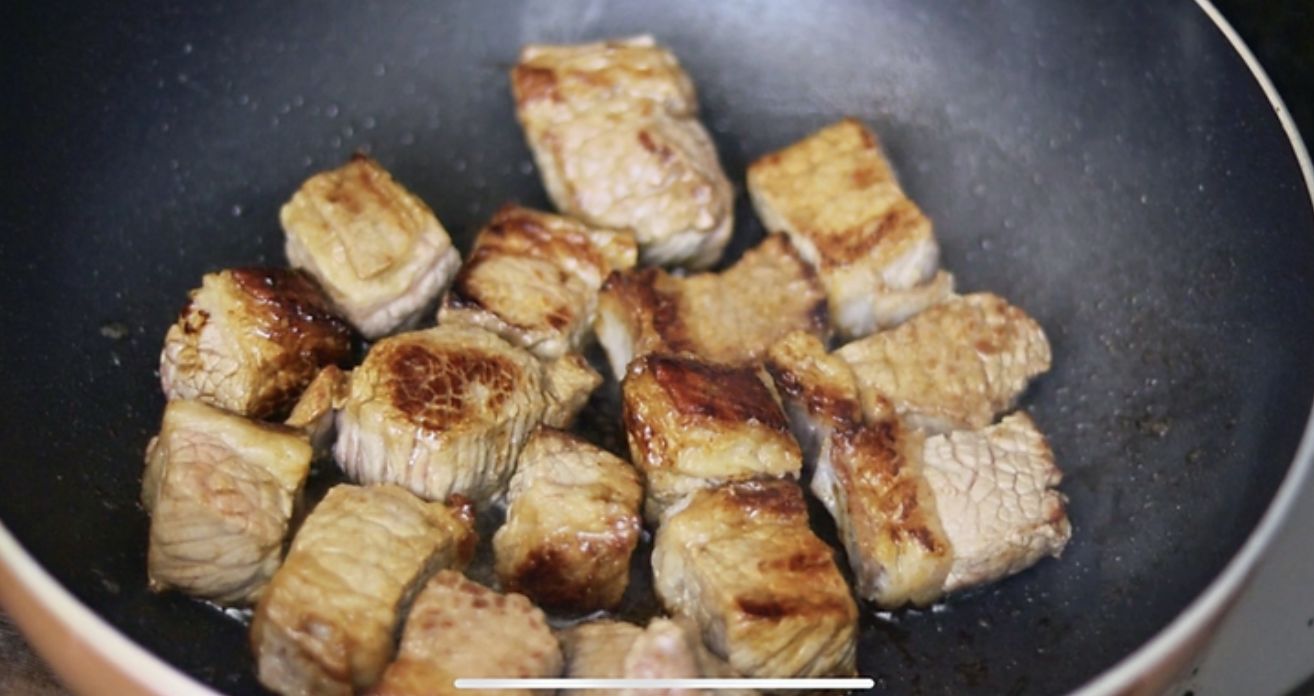
7. In the same pan that we seared the beef, place back onto a high heat then the dried chillies, star anise, bay leaves, ginger, Sichuan peppercorns, garlic and orange peel. Briefly stir fry until fragrant then add the seared beef back into the pan. Stir the beef into the aromats then add all of the braise base sauce made up earlier. Mix well again and bring the sauce up to the boil.
8. To finish the braise, add approximately 200mls of water or enough water until the beef is completely covered. Bring up to the boil then remove any excess impurities that may rise to the surface. When boiling turn the heat down to a simmer and place a lid over the pan and allow the beef to slowly braise for 1 1/2 – 2 hours.
9. Now back to the noodles, by this point the dough should be much more elastic and able to stretch to form the noodles. These noodles are known as biang biang noodles meaning to literally bang them off the work surface to stretch and this is most efficient way to make them. Take one of the rested pieces of dough and place it onto a lightly oiled work surface. Next using a chopstick press lightly into the centre of the dough going lengthways (this will help the dough separate when we rip them). Next hold onto each end of the dough using your thumb and index finger and carefully stretch out the dough to make it become slightly longer. We now want to carefully slap the centre of the dough off of a worktop to stretch out the dough. (As you slap the dough with a gentle pull you will soon get the feeling of the dough stretching). When the dough has the desired length and thickness the noodle is ready.
10. Finish the noodle by tearing where we made the crease in the dough to form 1 long noodle. Gather the noodle together and place onto a tray then repeat this process for each piece of dough.
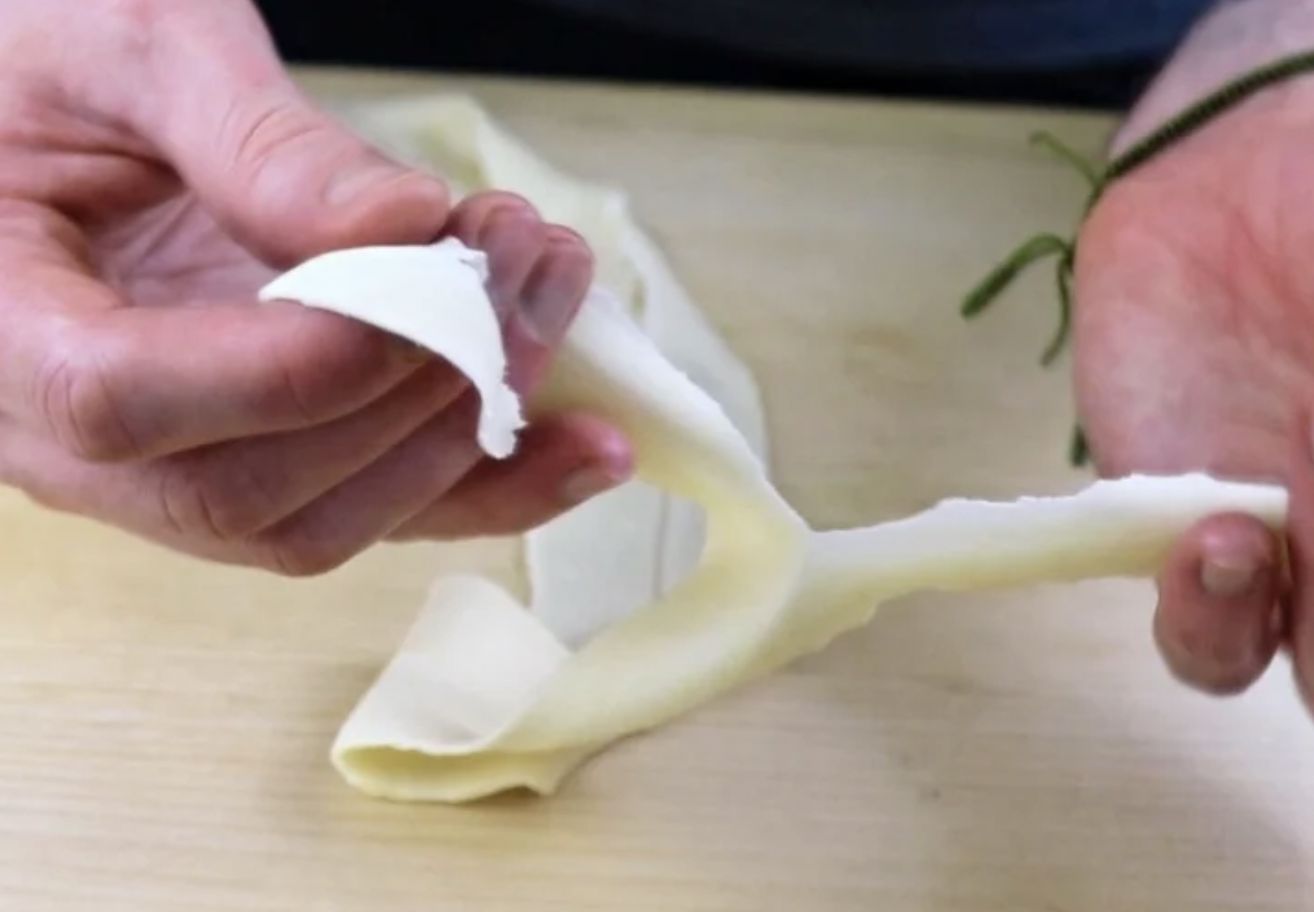
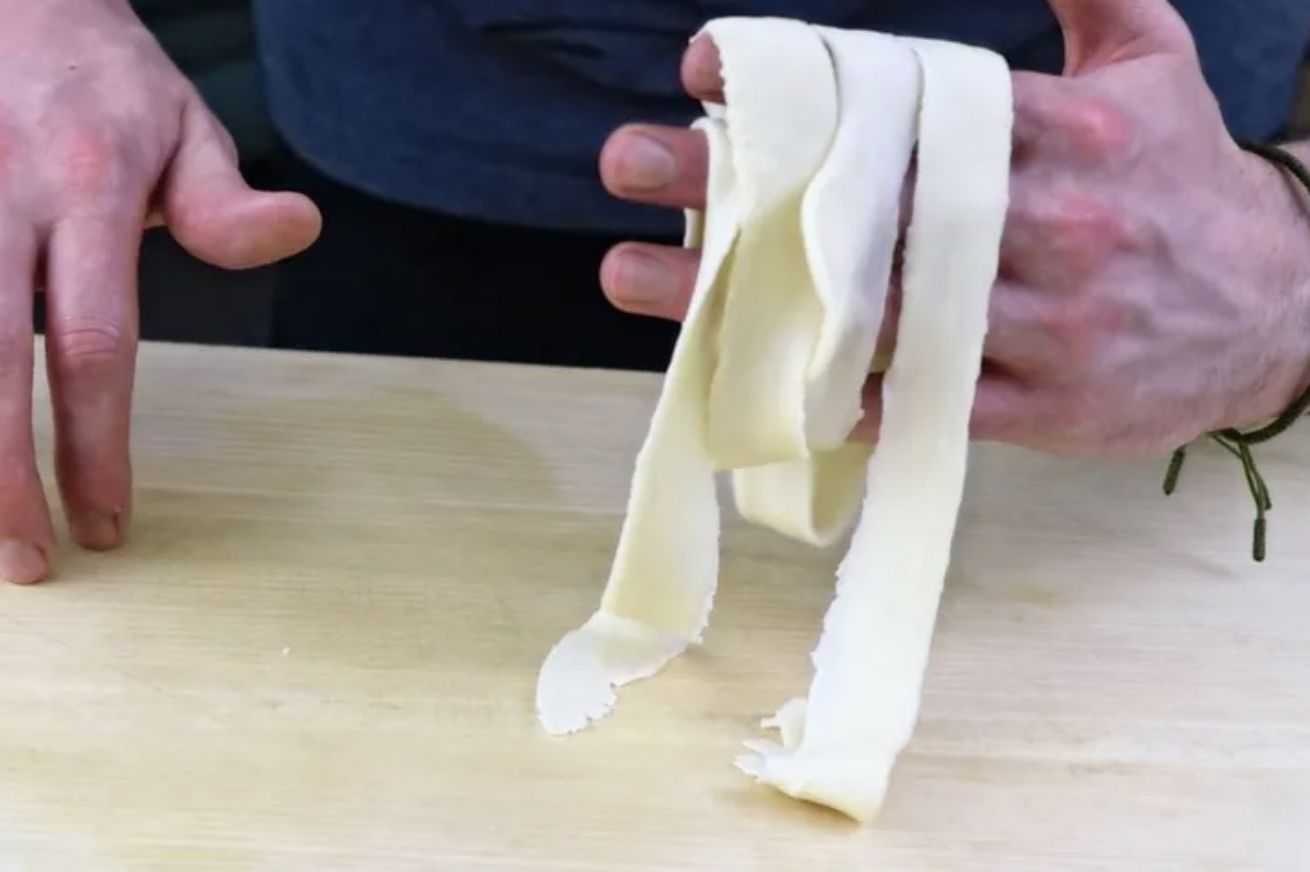
12. To serve divide and add the noodles and pak choi into serving bowls. Take a large ladle of the braise and pour over the top. Finish with some optional chilli oil and some finely sliced spring onion. Mix everything together to coat the noodles in all that delicious braise and nourish!
